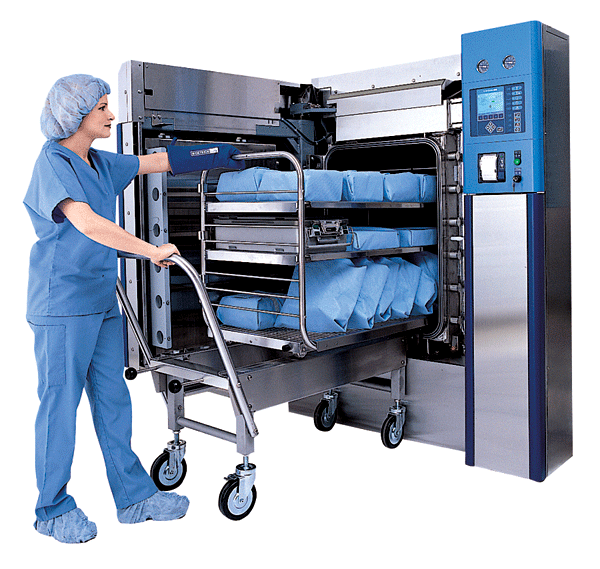There’s a well-known saying in the business world that “You can’t manage what you don’t measure”; this concept is true for sterilization cycles, as well. In order to ensure that each cycle meets the appropriate sterilization standards, multiple agencies, including the Centers for Disease Control and Prevention and the Organization for Safety and Asepsis Prevention recommend that laboratories maintain detailed autoclave log sheets. The logic behind this is that if you have a record of previous cycles, you can guarantee proper monitoring, optimize for future cycles, and create a paper trail for maintenance and repair purposes.
Each sterilizer should have its own log sheet, on which each individual cycle should be logged. Typically, autoclave log sheets and logbooks should be kept for three years — however, be sure to refer to local recommendations in case your institution has specific record retention requirements.

Without further ado, these are the 10 most important items to log when running a sterilizer cycle. Some of these categories may be overkill for your lab, so select the ones which are important and start logging those.
Date:
It’s good to know when the sterilizer is in use. This will help keep track of total autoclave usage for maintenance purposes (although some steam sterilizers automatically log their total cycle count in the controller) and help trace back any batch or sterilizer issues that may have come up.
Time:
Note the time when each sterilization cycle began to keep track of approximately when the autoclave cycle was started.
User/Operator ID:
Logging the user/operator ID ensures that the sterilizer is being run by an authorized user and, should the autoclave malfunction, the service team can also use this record to follow up with the last user to find what might have caused the issue.
Contents of the Load:
The contents of the load dictate which cycle type you use, so it’s important to document the contents to ensure that they align with the cycle type selected. It also helps another user, who should come upon the sterilizer, know what is being sterilized. This could help with “batching” sterilization cycles with your lab colleague.
Cycle Type:
Autoclaves are designed to accommodate multiple cycle types based on the contents of the load. Therefore, the cycle type used must be recorded along with the contents of the load to ensure that the proper cycle was selected. Should any issues arise, the service team can refer back to this record to identify the potential source of the problem.
Sterilization Temperature:
Markdown the sterilization set-point.
Sterilization Time:
Documenting the length of each sterilization cycle makes it easier for A) a colleague to know approximately when the cycle will be completed and B) the service team to troubleshoot and schedule future maintenance based on the number of “runtime” hours.
Dry Time:
Like the sterilization time, it's good to log the drying time (if applicable).
Alarms:
There is any number of alarms that could go off over the course of a sterilization cycle, from an alarm indicating that the autoclave door switch was not activated to an alarm notifying you that a temperature probe has failed. Creating an alarm history detailing which alarms went off makes it easier for your service team to identify the root cause of potential issues.
Additional Comments:
Jot down any additional items you might want to track, such as whether you used a biological indicator during the cycle and if that indicator signified a pass or fail. You can also use this section to leave any observations from the cycle, comments for future users, or notes for the service team.
Focused Keyword: Sterilization log requirement for ASCs
Surveyors' reviews:
Our suggestions and log form have been reviewed by several of the accrediting surveyors, all of which, find it to be a perfect set of data elements to use should you have an infection control issue in the center. They have also commented on the legal benefit in the event you find yourself defending your sterilization process actions in the court system, these logs add a super-duper amount of credibility to your case.